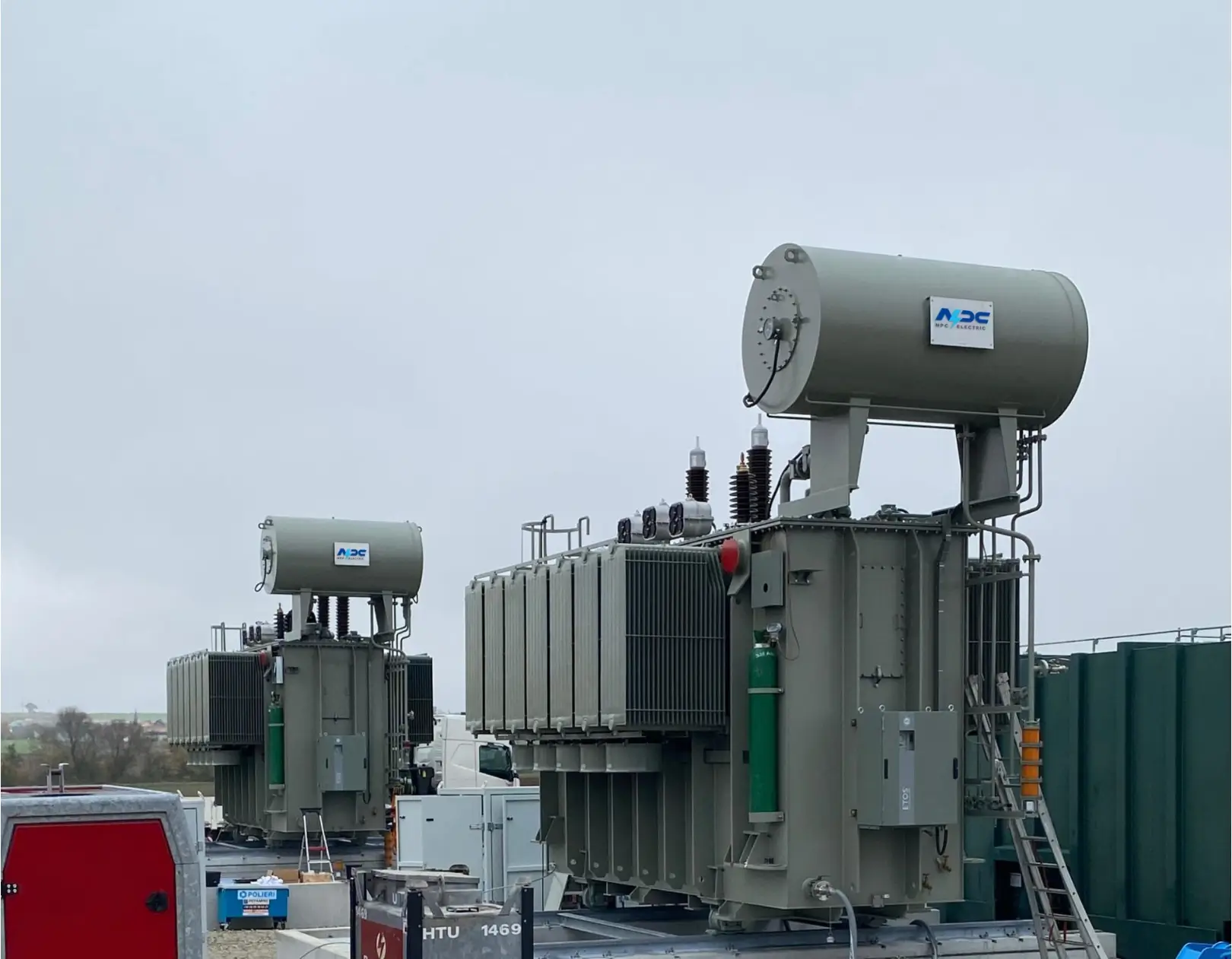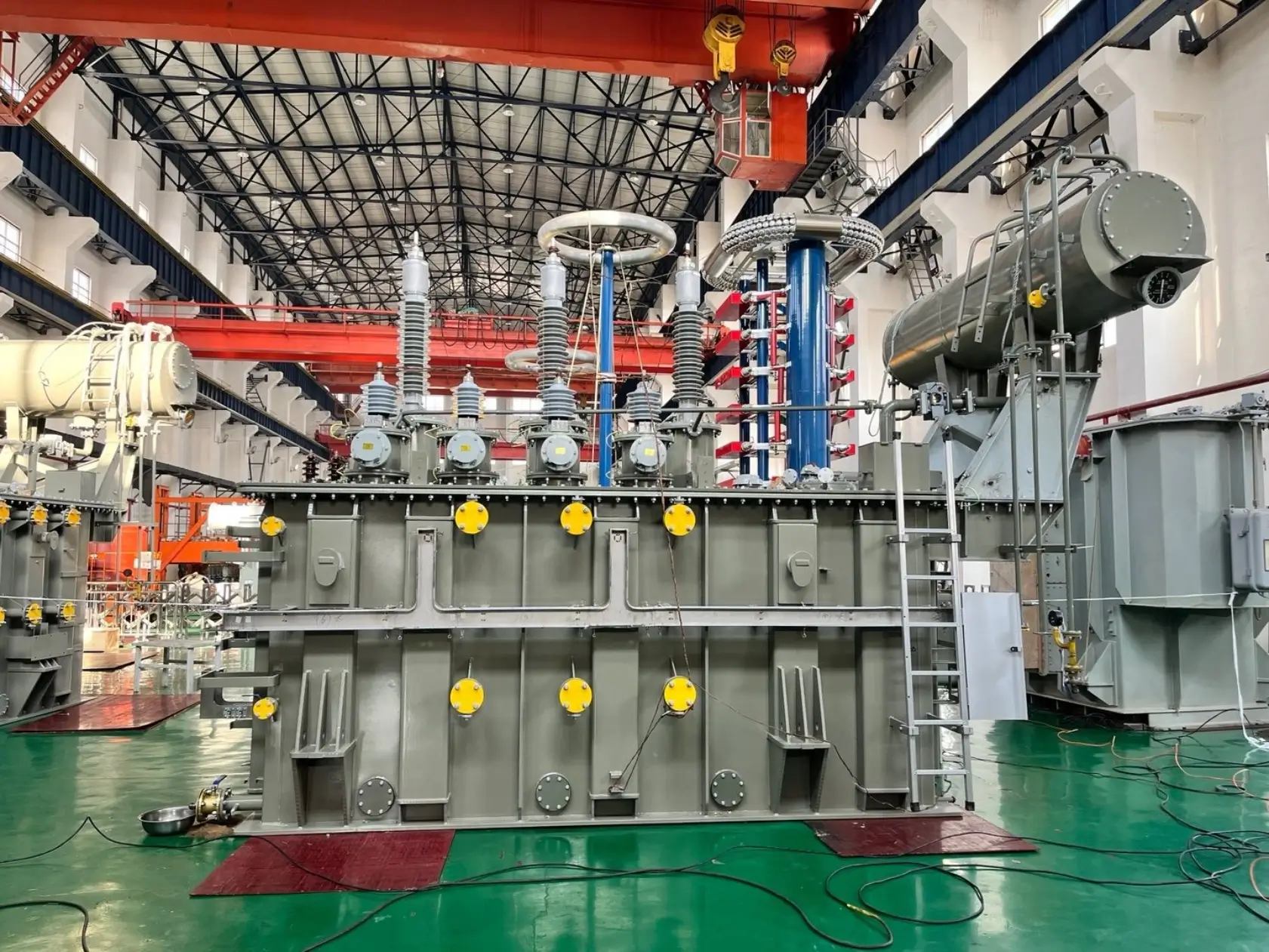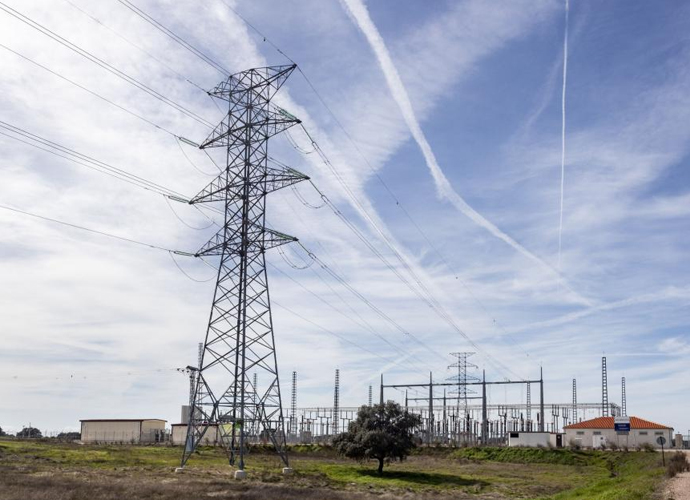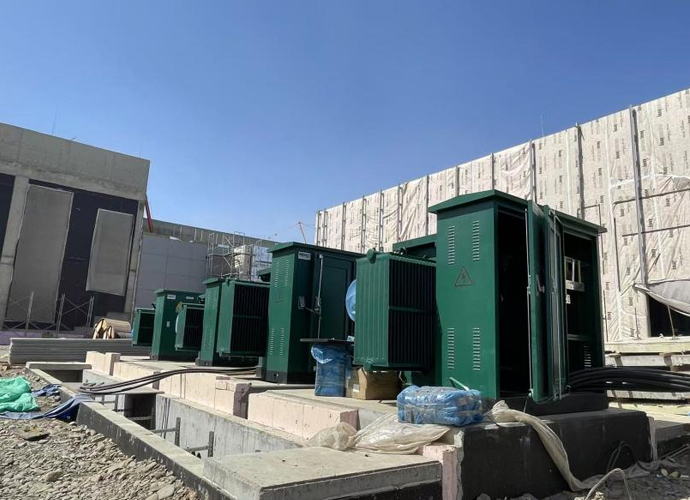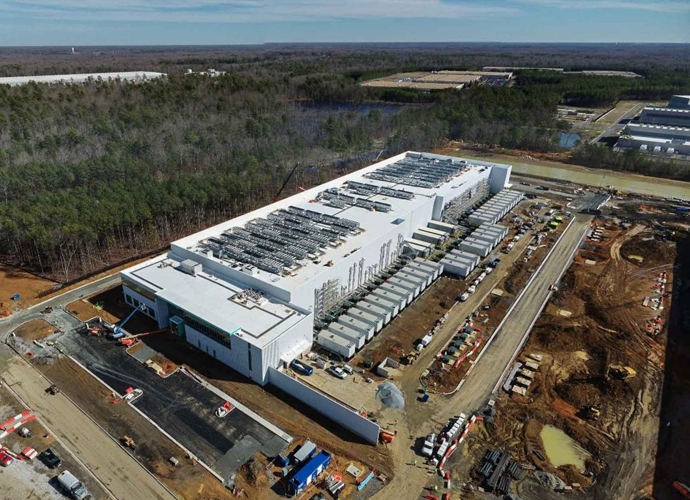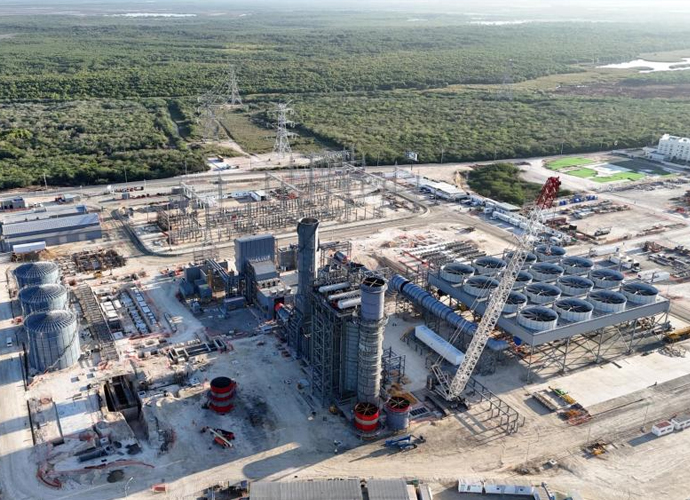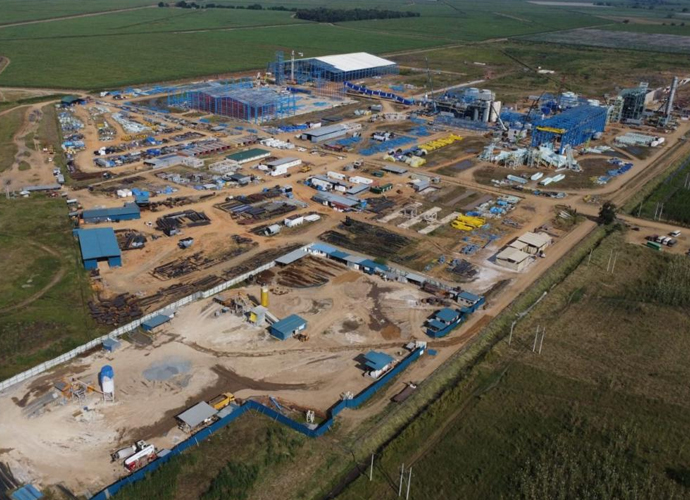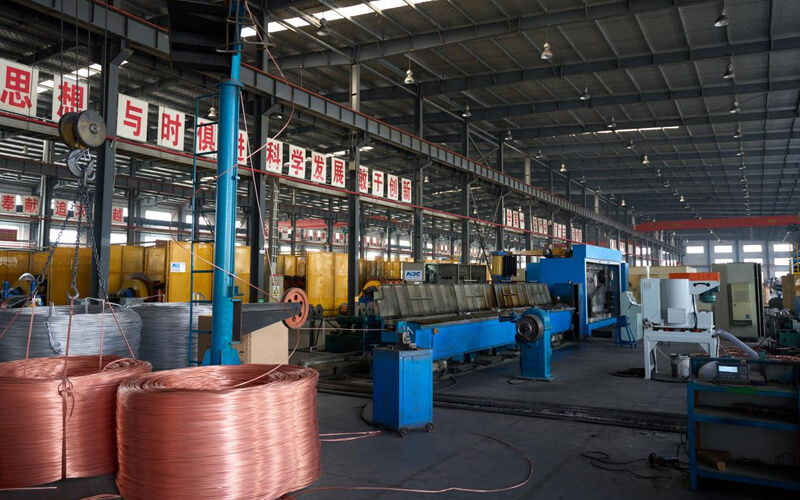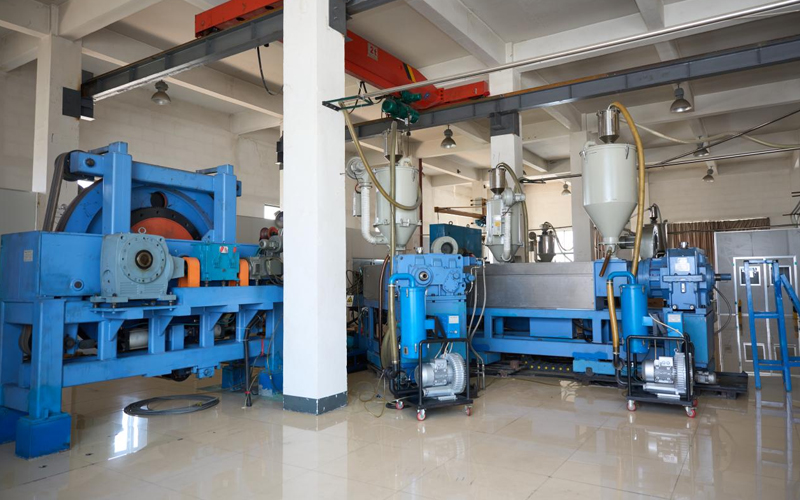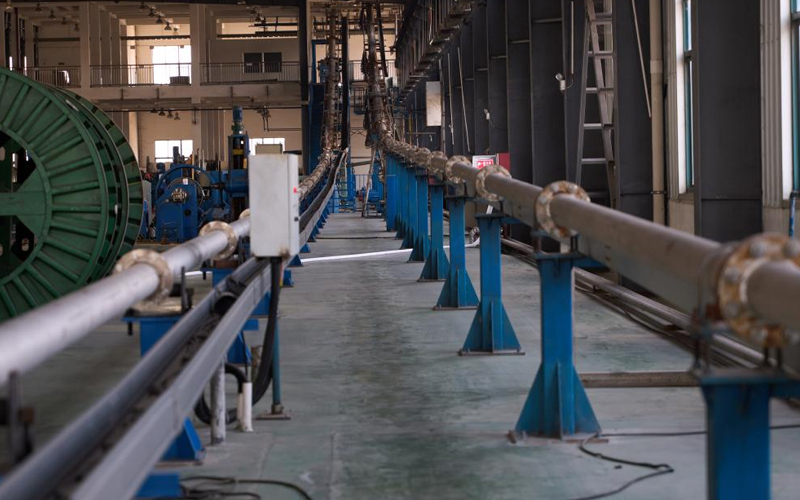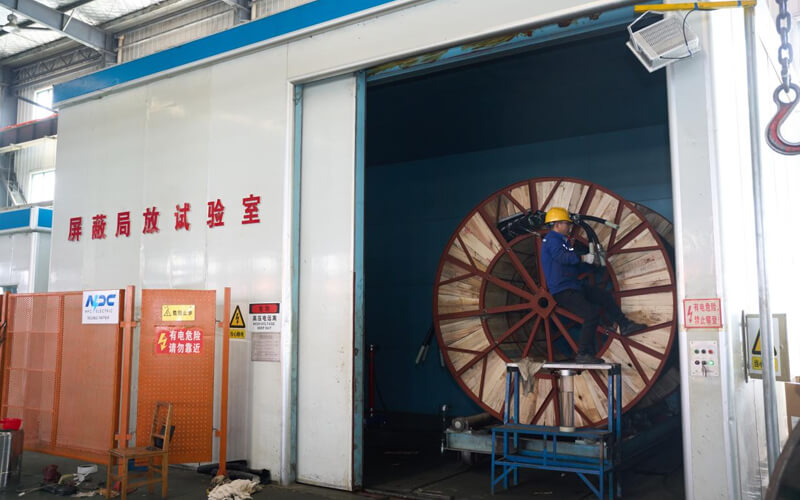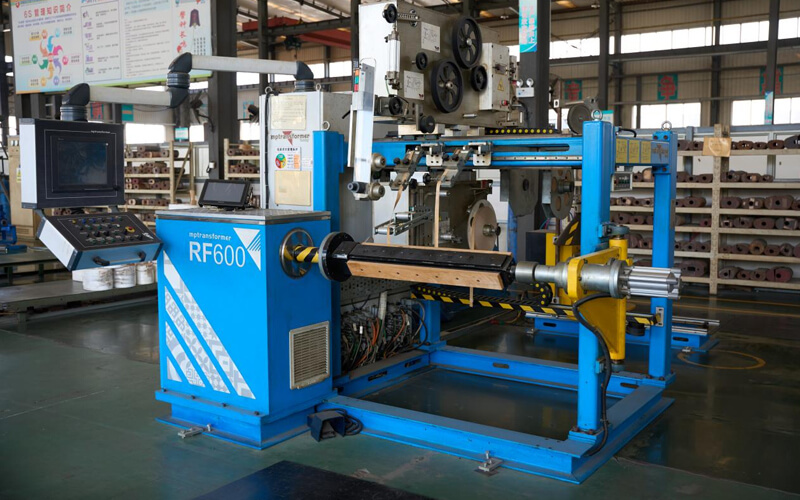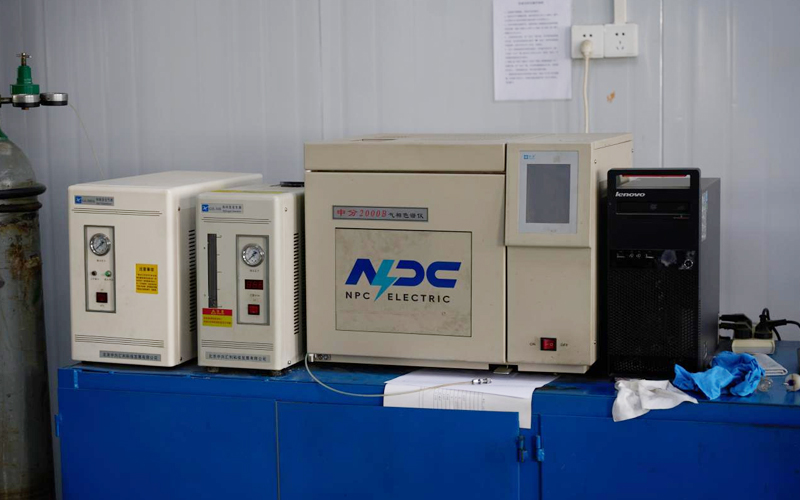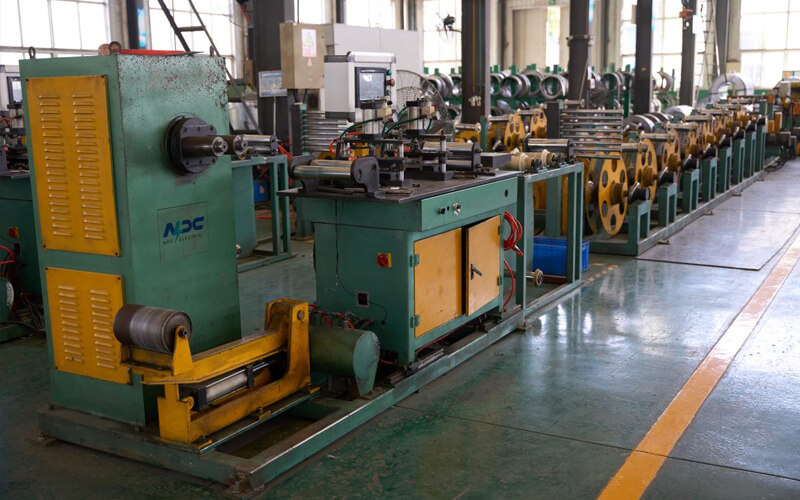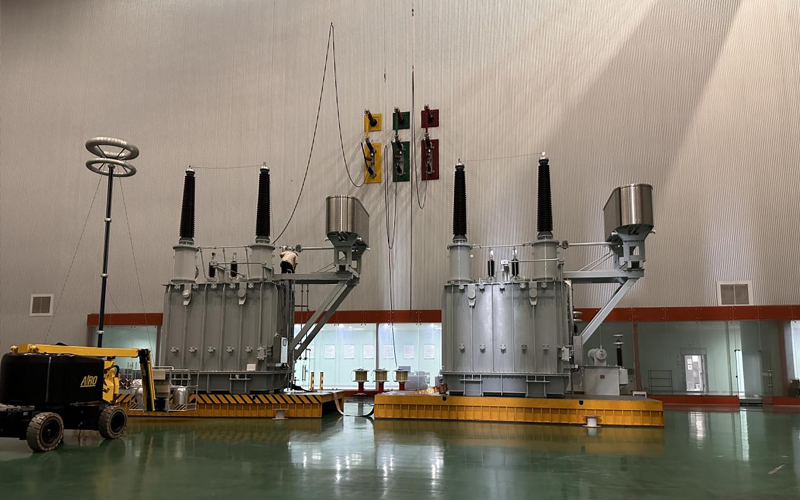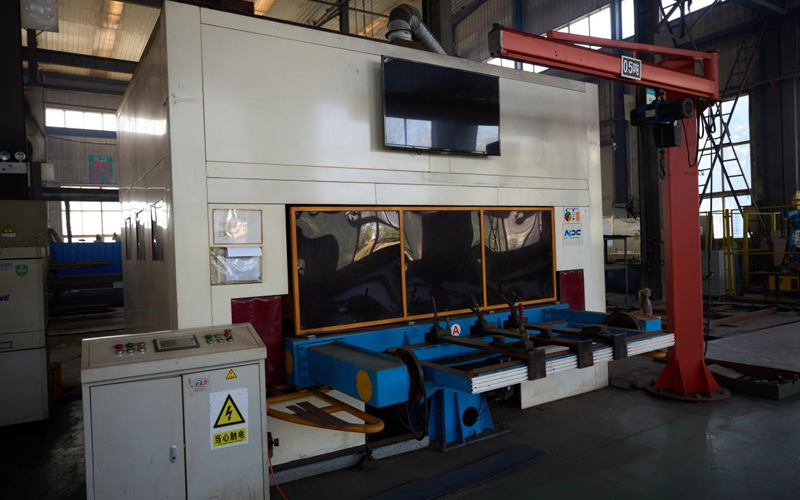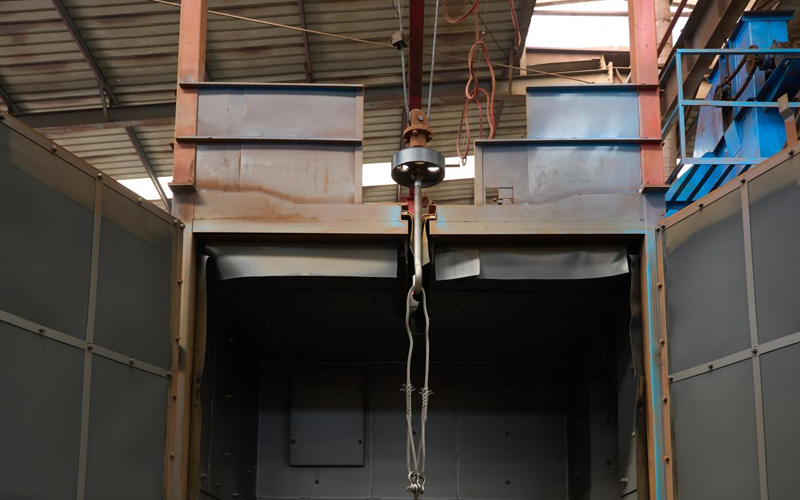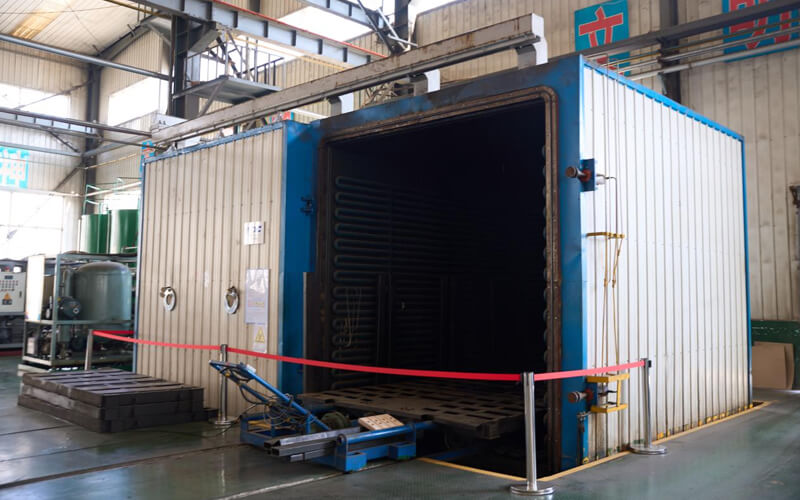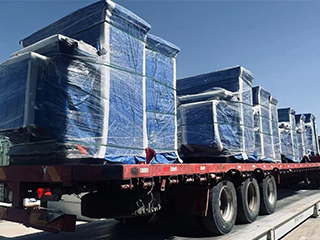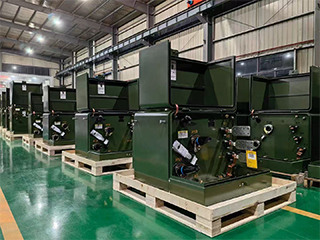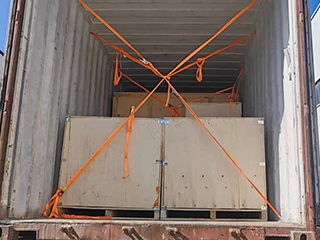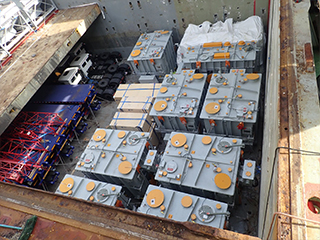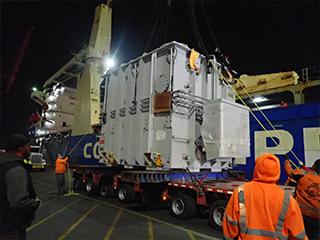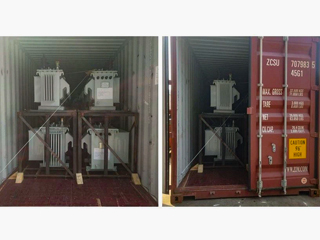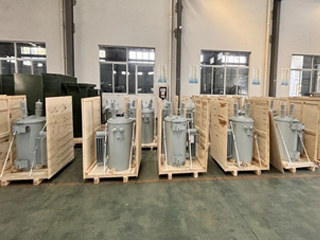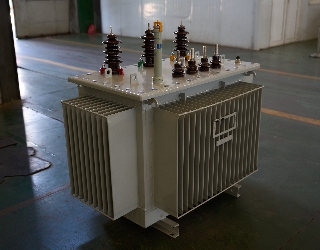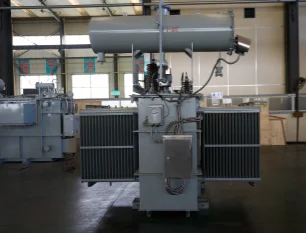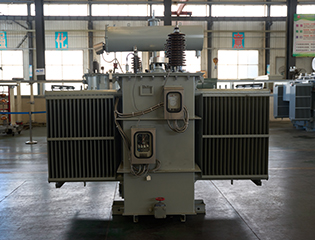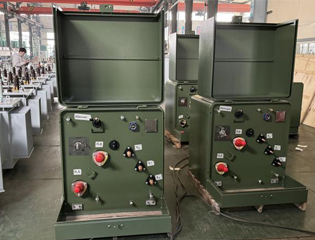220kV 230kV Power Transformer
- Primary Voltage Ratings 220kV 230kV
- Secondary Voltage Ratings 69/35/37/34.5/26.4./11/10.5/6.6/13.2 kV or others
- H.V. Tap Range ± 8×1.25% HV taps or others
- Type Oil-immersed power transformer
- BIL 900kV
- Standards IEEE, ANSI, IEC, GB
- Application Urban power grid transmission and transformation systems, large industrial parks and heavy industrial bases etc
- Power Rating 5000-250000kVA
- Certificate UL, ISO, CESI
- Cooling Method ONAN/ ONAF
- Opeartion Step Down & Step Up
Technical Specifications
| Rated Power | 5000-250000kVA |
| Rating Primary Voltage | 220kV 230kV |
| Secondary Voltage |
69/35/37/34.5/26.4/11/10.5/6.6/13.2 kV Customized |
| Frequency | 50/60Hz |
| Vector Group | Dyn11, YD11, YNd11 or anothers |
| Winding Material | Aluminum/Copper |
| Efficiency | As IEEE, CAS Std or Customized |
| Impedance Voltage | As IEC |
| Altitude | ≤1,000m or Customized |
| Enclosure material | Mid Steel |
| HV Bushing |
| LV Bushing |
| OLTC/NLTC |
| Lifting hook for complete transformer |
| Name plate |
| Oil temperature |
| Winding temperature |
| Radiators |
| Oil level |
| Pressure relief valve |
| CT |
Customization Optional
Packing and Shipping
First, the transformer will be thoroughly inspected before leaving the factory to ensure that there is no damage. Then, we will use high-quality wooden boxes for packaging to avoid damage during transportation. The inside of the wooden box will be filled with shockproof materials to ensure that the transformer will not be affected by vibration or impact during transportation. At the same time, all exposed metal parts will be covered with appropriate anti-rust materials to prevent corrosion caused by a humid environment.
During transportation, we will select experienced logistics companies and purchase full transportation insurance for the transformer to deal with any emergencies. The insurance coverage includes all possible risks during transportation, such as damage, loss, or delay.
During transportation, we will track the transportation status of the transformer and keep in touch with customers in time to ensure that customers get the latest logistics information in time. All transportation methods and routes will be planned according to the specific requirements of the destination to ensure the safety and efficiency of transportation. During transportation, we will avoid any possible risk factors and take effective safety measures. If any abnormal situation occurs during transportation, we will deal with it in time and provide compensation.
After transportation, the transformer will be delivered to the destination smoothly according to the customer's requirements. We promise to provide high-quality service to every customer and ensure that the transformer can arrive at the designated location intact. We look forward to further cooperation with you and guarantee to provide you with the best products and services.
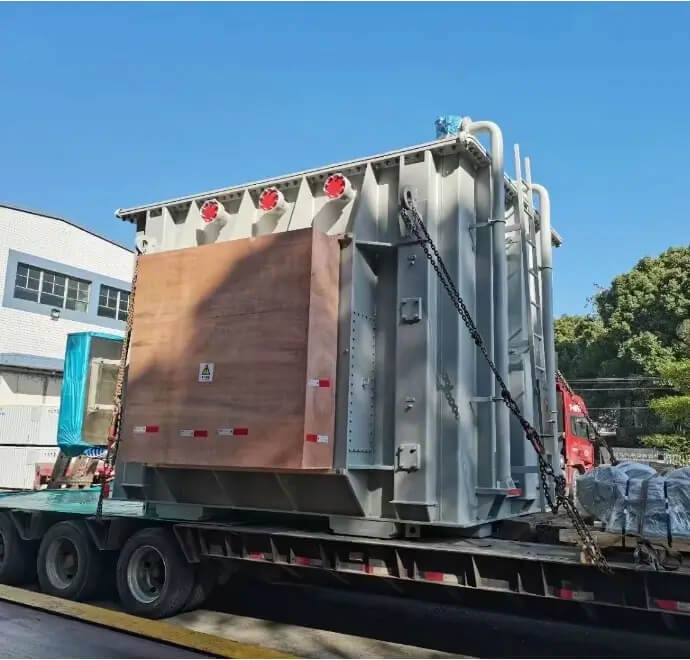
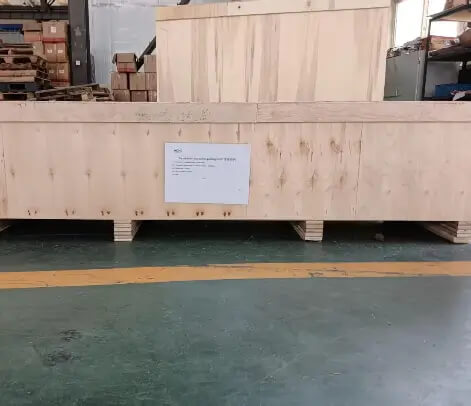
Manufacturer Test
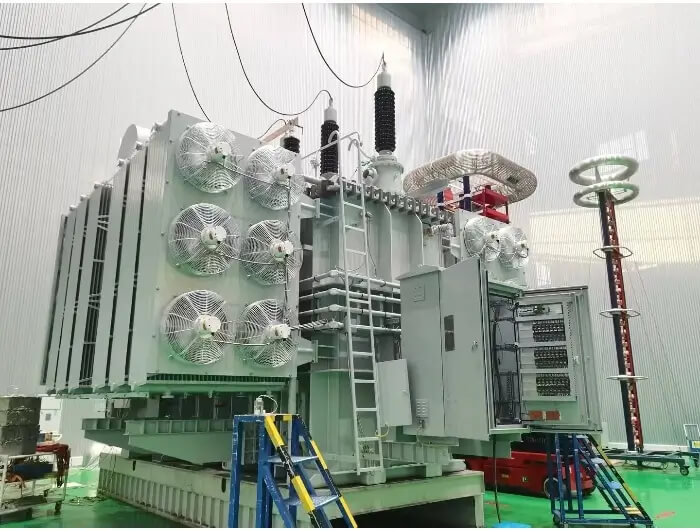
Progress test
The Transformer Manufacturer Progress Test for the NPC Electric 220kV 230kV Power Transformer involves rigorous quality assurance checks and testing to ensure compliance with industry standards. The tests typically include insulation resistance, ratio testing, winding resistance, and load loss measurements, all conducted under varying operational conditions. Additionally, temperature rise tests are performed to assess the transformer's efficiency during continuous operation. After successful completion of these tests, a comprehensive report is generated, confirming the transformer's readiness for deployment. This process guarantees that the 220kV power transformer is safe, reliable, and performs at optimal levels.
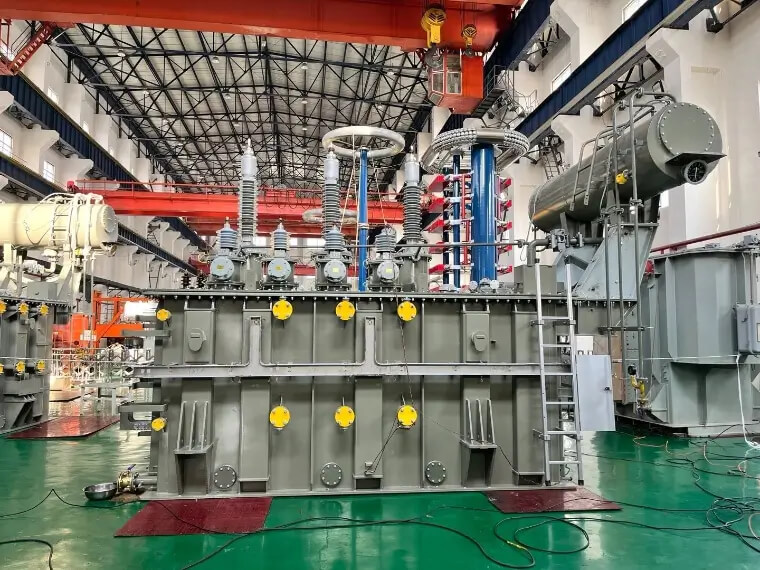
Design Tests
All transformers will be tested after finishing the production test items as below:
♦ Leak testing with pressure for liquid-immersed transformers
♦ Test of transformer oil
♦ Measurement of voltage ratio and check of phase displacement
♦ Measurement of winding DC resistance
♦ Measurement of d. c. Insulation resistance between each winding to earth, and check of the core and frame insulation
♦ Capacitive bushing test
♦ Measurement of dissipation factor (tan δ) of the insulation system capacitances, and determination of capacitances windings-to-earth
♦ Measurement of no-load loss and current at 90%,100%,110% of rated voltage
♦ Operation test on on-load tap-changer
♦ Measurement of short-circuit impedance and load loss
♦ Lightning impulse test
♦ Induced-voltage test with partial discharge measurement
♦ Auxiliary wiring check
♦ Current transformer test
♦ Frequency response analysis test
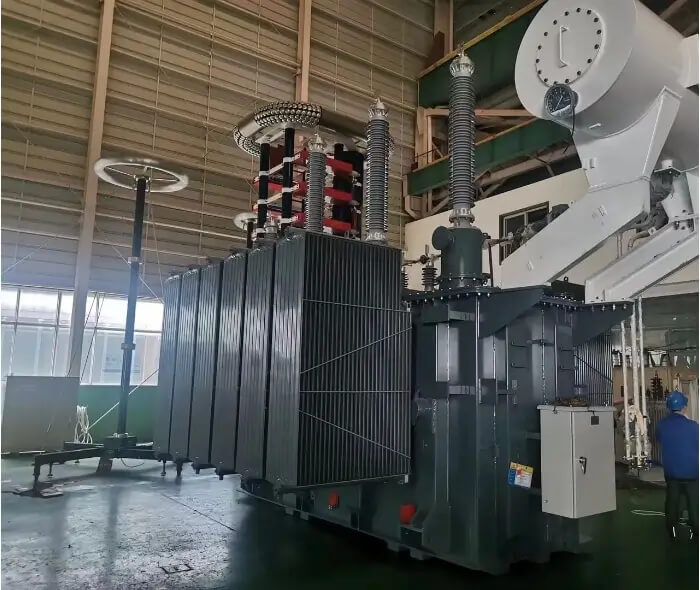
Transformer Factory Acceptance Test
NPC Electric conducts rigorous quality control testing on every transformer or representative samples, as well as on specific components and materials, to ensure compliance with design specifications throughout the production process.
The Factory Acceptance Test (FAT) for a power transformer is a critical step performed before shipment to verify that the unit meets all applicable standards and delivers optimal performance. The FAT includes the following key procedures:
Visual Inspection: Evaluates the transformer’s physical condition, including the enclosure, terminals, and labeling, to ensure conformance with design and safety requirements.
Electrical Testing: Involves measuring winding resistance, insulation resistance, and performing turns ratio tests to validate electrical integrity and functionality.
Dielectric Strength Test: Applies high voltage across the insulation system to ensure it can endure both normal and transient operating voltages without failure.
Load Testing: Simulates real-world operating conditions to assess the transformer’s voltage regulation, temperature rise, and overall efficiency under load.
Protection Device Testing: Verifies the proper operation of integrated protective components such as thermal sensors, temperature relays, and tap changers (if applicable).
Routine Test - Capacitive Bushing Test
Insulation Resistance Tester (Megohmmeter)
High-Voltage AC/DC Power Supply
Partial Discharge Detector
Ensure that the capacitive bushing tester or other required test equipment is properly calibrated and functioning. Inspect the test leads, clamps, and connections to ensure they are in good condition and free from damage.
Make sure all safety precautions are in place, such as grounding the equipment, ensuring the testing area is clear of unnecessary personnel, and that appropriate personal protective equipment (PPE) is being used by testing personnel.
The test begins by connecting the capacitive bushing test equipment to the bushing’s terminals. The equipment typically includes a high-voltage power supply, a voltmeter, and a measurement device to assess the bushing’s capacitance and insulation. Apply Test Voltage:
A test voltage, usually an AC voltage within the specified range for the bushing, is applied to the capacitive bushing. The applied voltage is typically lower than the rated voltage of the bushing to prevent any damage during testing.
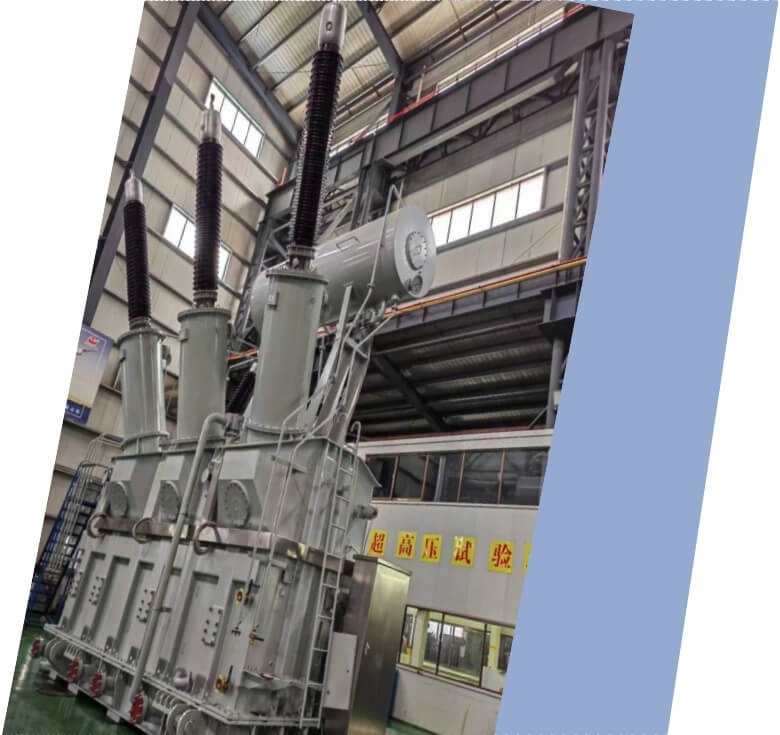
Application
Technical Advantages
Product Packaging
Related Products
FAQ From Customers
-
What is a Transformer?A transformer is an electrical device used to change the voltage of alternating current (AC). It works on the principle of electromagnetic induction, converting high-voltage current into low-voltage current or low-voltage current into high-voltage current. Transformers are widely used in power transmission, distribution systems, and various electronic devices.
-
What are the main uses of a transformer?The main use of a transformer is voltage conversion. Transformers are used in power transmission systems to help transfer electricity from power plants to consumers. In addition, transformers are also used in electronic devices such as chargers, televisions, power adapters, etc., to adjust the voltage to meet the requirements of different devices.
-
Do you have UL listed?Yes, our transformer has UL listed. We have exported to America many pad mounted transformer,substation transformer and HV.

